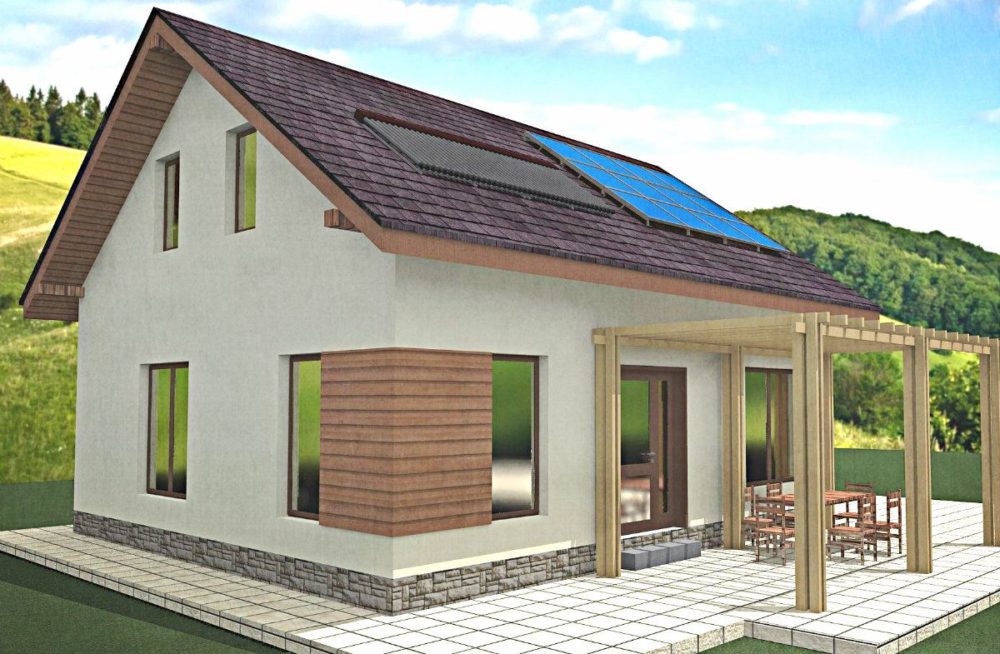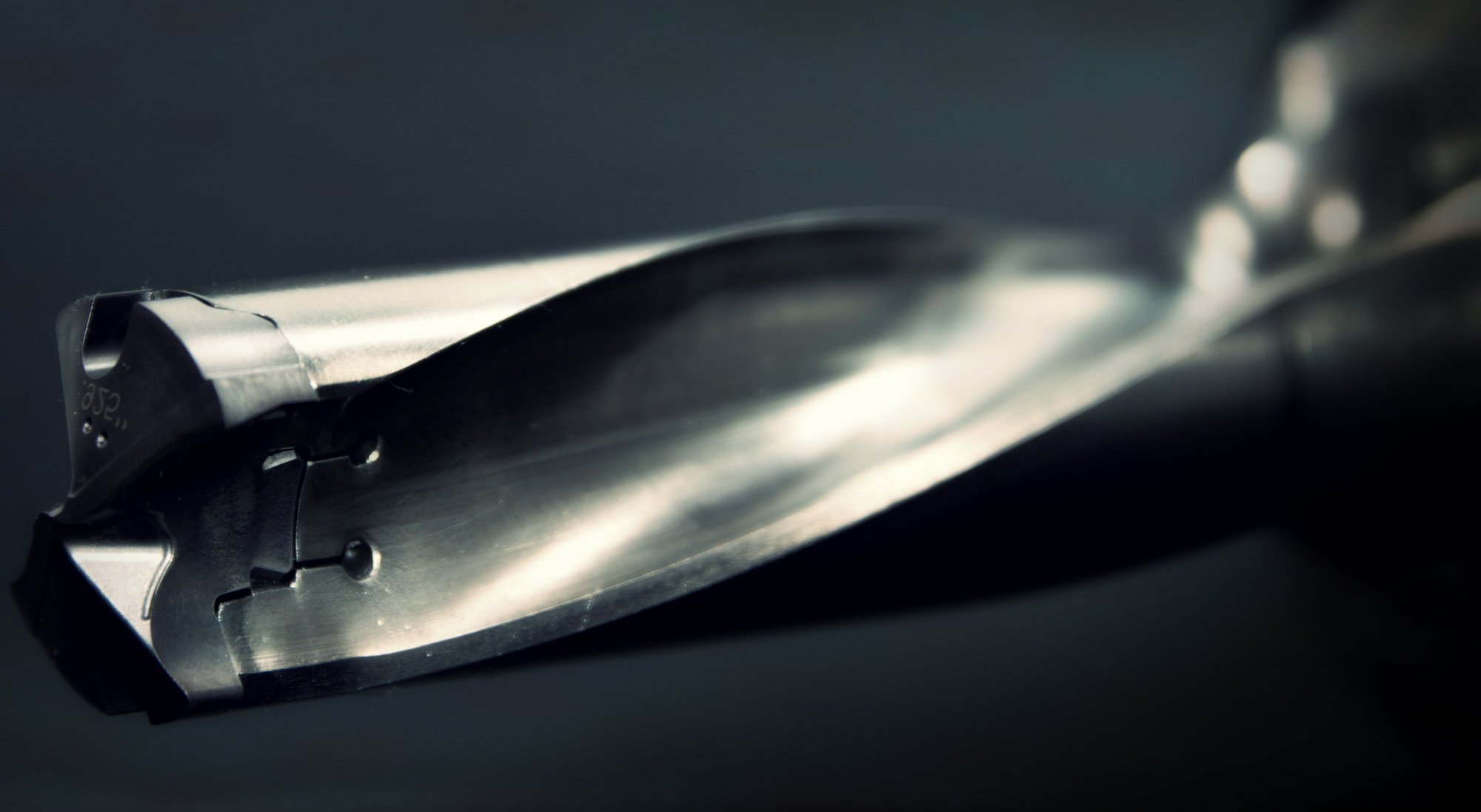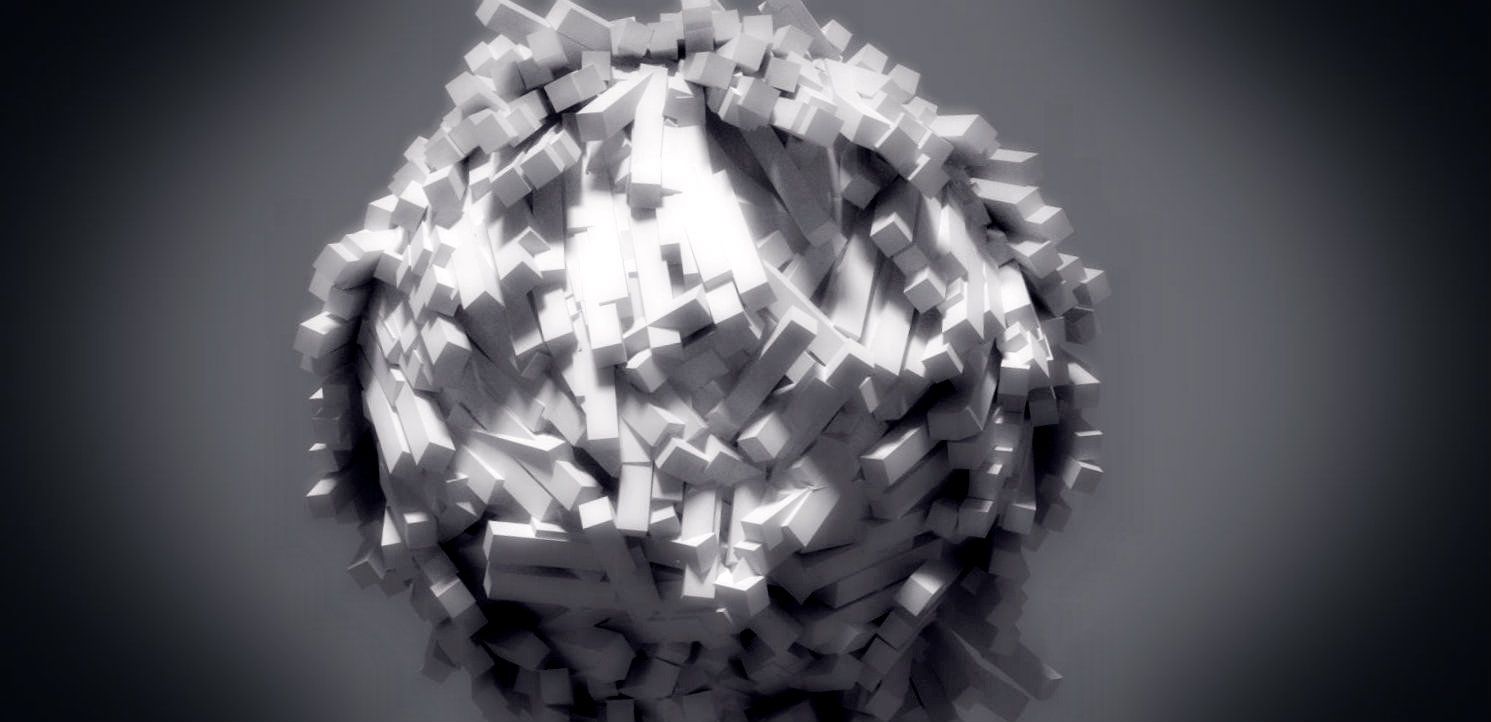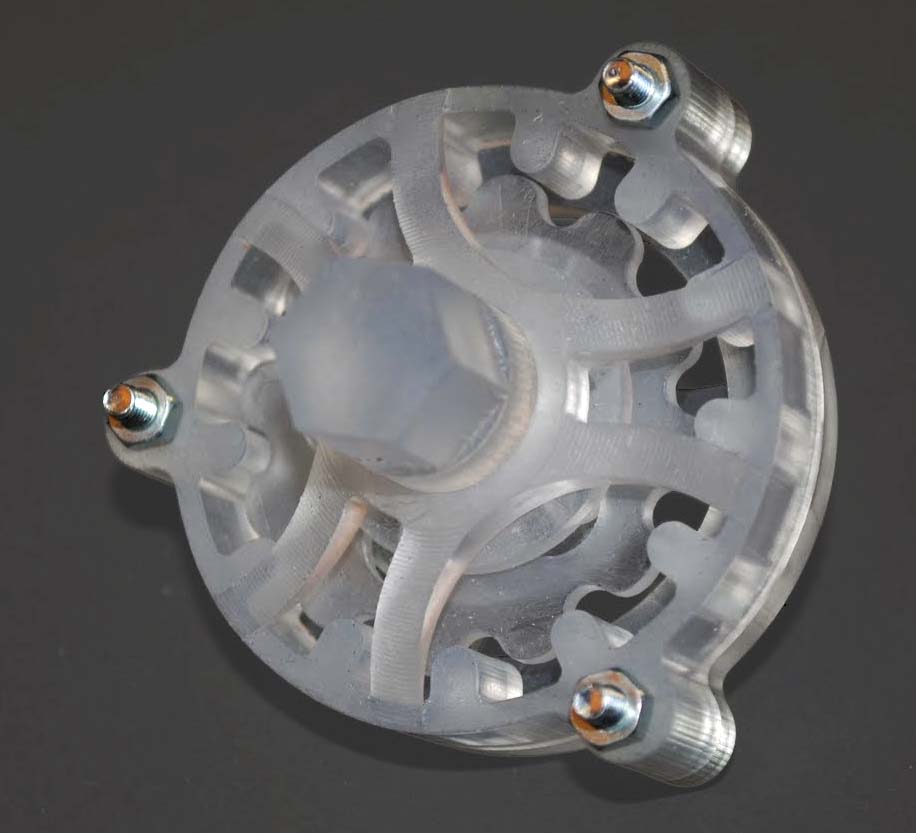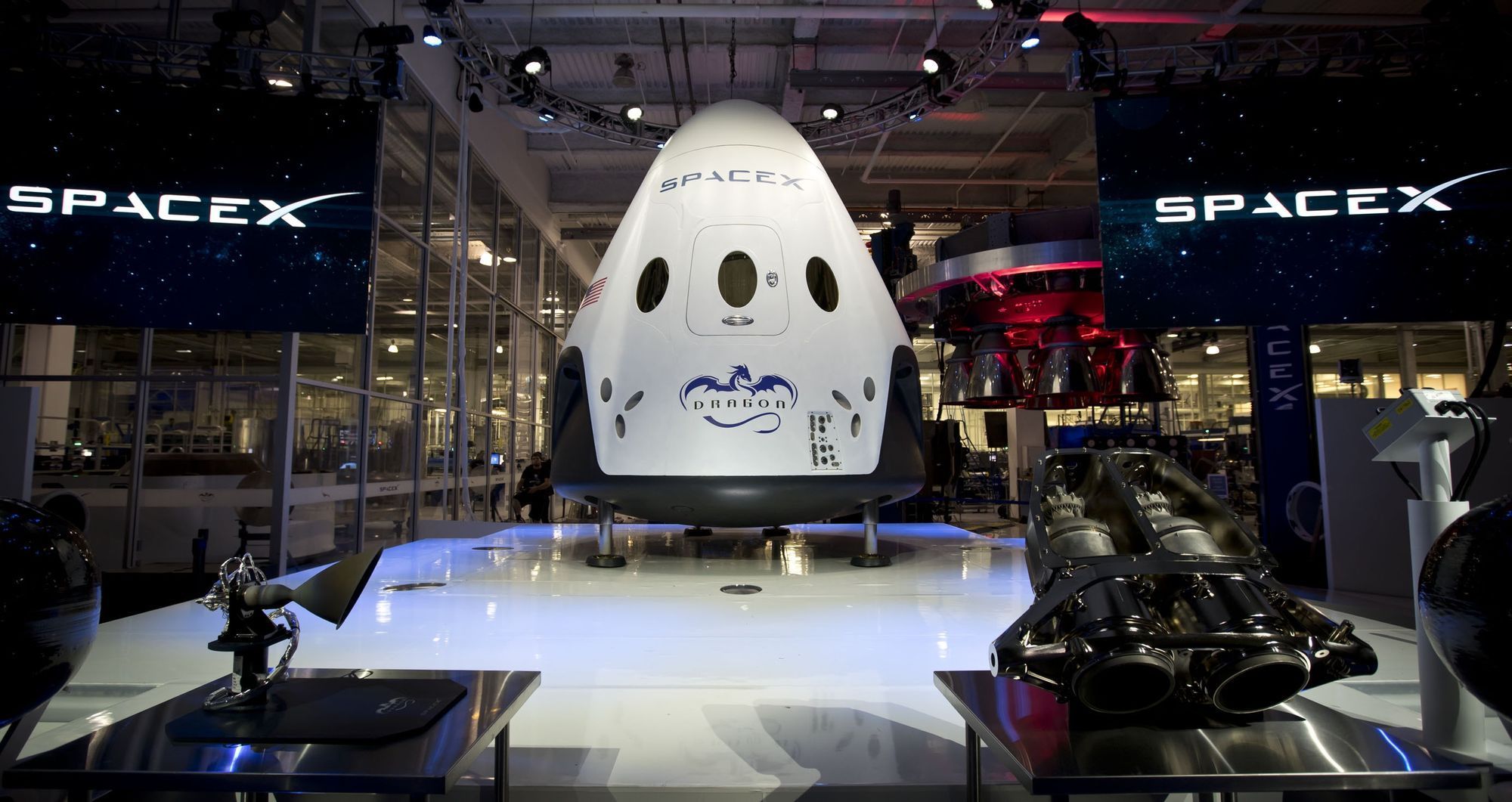Favorite Applications of 3D Printing Technology
A multi-billion dollar industry was born at the turn of the 21st century when the process of 3D printing was introduced in the 1980s. In the past thirty eight years, a lot of changes have been done to the industry, allowing buyercs to purchase their own 3D printers for less than a laptop. It is estimated that by the year 2019 this industry will be worth more than 20 Billion dollars. We estimate it will be worth more if certain industries, like the medical and housing, put these printers to use for mass production. Though there are hundreds of ways in which the 3D printing technologies can be used, we’ve narrowed it down to some of the favorite applications. This article is focused on describing those applications, and is open to interpretation for you to do further research. Favorite Applications These applications are not in order of importance, because they are all fascinating in their own ways. We’ve chosen to discuss food items, innovation and a faster and inexpensive way to prototype, prosthetic components and …
